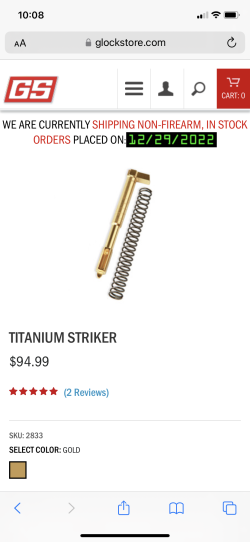While in the local shop I was looking at 1911's they keep behind glass . When this nice looking 2011 caught my eye . Holy Crap it was one of those ugly Prodigy's . But it wasn't ugly . In person it's a nice looking gun .
$1399.00 or $1299.00 for cash .
Going back to pick it up tomorrow .
So tell me is the trigger an easy upgrade ? Which one and what gunsmithing is required ? Or is it plug and play ? I also remember hearing online it's heavy ?? I didn't think so . What a sweet gun .
What other upgrades are needed to use this in matches ?
Thanks
$1399.00 or $1299.00 for cash .
Going back to pick it up tomorrow .
So tell me is the trigger an easy upgrade ? Which one and what gunsmithing is required ? Or is it plug and play ? I also remember hearing online it's heavy ?? I didn't think so . What a sweet gun .
What other upgrades are needed to use this in matches ?
Thanks


